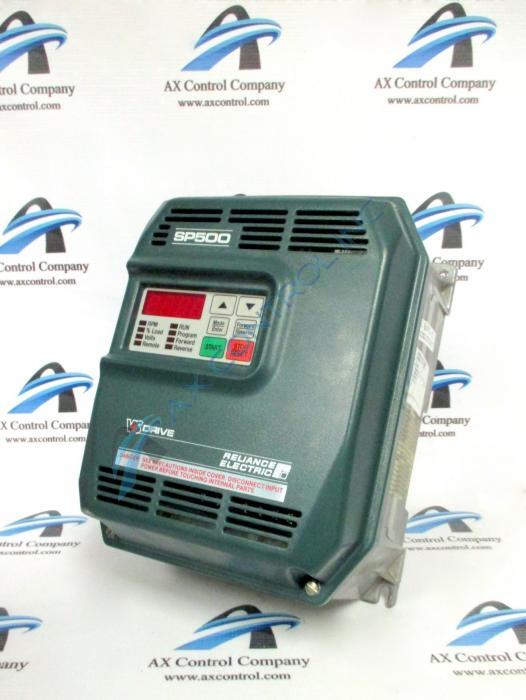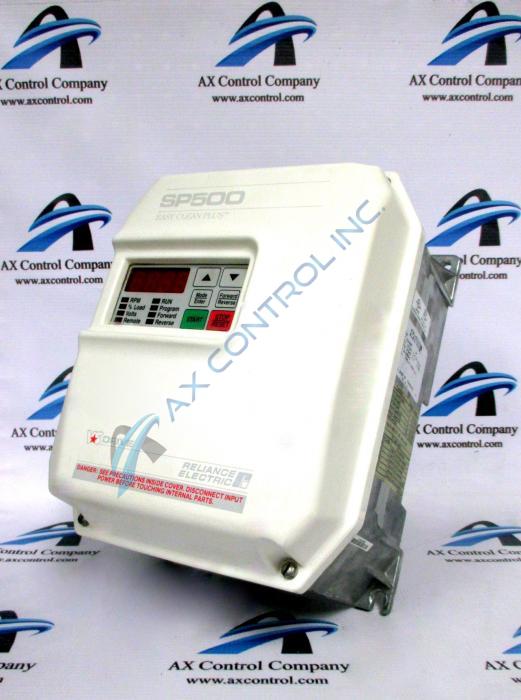If you work in an industrial or manufacturing setting, you’ve probably seen pieces of equipment marked with NEMA or IP ratings. This article will help explain a little about what those ratings are, and what they mean. Also, we’ll do a little NEMA vs. IP Ratings comparison.
History and Use, NEMA vs IP Ratings
IP is a European standard. IP stands for Ingress Protection. The National Electrical Manufacturer Association created American NEMA rating standards. This organization is responsible for developing technical standards for the enclosures, batteries, and switchgear to millions of Member products like motors, medical imaging equipment, and lighting. The National Electrical Manufacturers Association also offers consulting services and advocates policy change for the industry to all levels of government.
Both IP and NEMA ratings define the level of protection equipment has against external contaminants, like dust and water. However, they use different methods to test and rate the enclosures. Additionally, NEMA ratings are only used for enclosures while IP ratings may be used for other kinds of devices as well.
After many years of rating attributions made by both companies, there is a general consensus that allows industries to say certain IP codes meet the requirements of specific NEMA ratings. However, no official conversion chart exists. This means while it is fine to say an IP10 enclosure meets or exceeds NEMA 1 ratings, one cannot state they are direct equivalents. NEMA enclosures number from 1 to 13.
NEMA Enclosures for Hazardous Areas
Enclosures designed for hazardous areas typically have a NEMA rating between 7 and 10. There are no equivalencies between these NEMA enclosures and IP ratings.
NEMA 7
These enclosures are explosion-proof. For indoor use only. When properly installed and maintained, a NEMA 7 enclosure should contain an internal explosion without creating an external hazard. Chemical plants and oil & gas facilities often utilize NEMA 7 enclosures.
NEMA 8
Like a NEMA 7 enclosure, but rated for indoor or outdoor use.
NEMA 9
For indoor use only. Designed to prevent the ignition of combustible dust like coal dust, coke dust, fibers, or flour, starch, or grain dust.
NEMA 10
The NEMA 10 enclosure meets Mine Safety and Health Administration standards(30 CFR, part 18.) Use in areas where methane is present, with or without coal dust. Like NEMA 7, it is designed to effectively contain an internal explosion without external hazard.
NEMA Enclosures Rated Indoor Only
NEMA 1: General Purpose-Indoors
This enclosure offers a degree of protection for equipment against solid foreign object entry and gives users some protection from hazardous parts. Rated for indoor use only. IP 10 enclosures meet or exceed NEMA 1 ratings.

NEMA 2: Drip Proof-Indoors
It offers the same protection as NEMA 1 but can provide some protection against dripping or lightly splashing water. IP 11 enclosures meet or exceed NEMA 2 ratings.
NEMA 5
General-purpose dust-tight NEMA 5 enclosures have similar protections to NEMA 4, but they can be used indoors only and can handle light splashing only (they cannot be hosed off.) IP 52 enclosures meet or exceed NEMA 5 ratings.
NEMA 11
Rated for indoor use only. They are corrosion-resistant and provide some protection against the corrosive effects of both gases and liquids. They can protect against dripping and seepage of corrosive liquids. There is no IP equivalent.
NEMA 12/12K
Designed for industrial use-indoors only. NEMA 12/12k are dust-tight and drip-tight and protect against splashing and dripping water. The enclosures are rust-resistant. Type 12 enclosures do not have knockouts (partially punched-out openings for cables or conduits) but 12K does. IP 52 enclosures meet or exceed NEMA 12 and 12k ratings.
NEMA 13
NEMA 13 is a general-purpose indoor enclosure with the same protections as a NEMA 12. However, the NEMA 13 enclosure also protects against sprayed or dripping oils and coolants. IP 54 enclosures meet or exceed NEMA 13 ratings.
Other NEMA Enclosures
NEMA 3/3X
These enclosures are dust-tight, rain-tight, and ice/sleet resistant. Rated for indoor or outdoor use. 3X enclosures have added corrosion protection.
NEMA 3R/RX
3R enclosures protect against rain, snow, sleet, and dirt. They also prevent the formation of ice and can be used inside or outside. IP 14 enclosures meet or exceed NEMA 3R ratings. 3RX enclosures have added corrosion protection.
NEMA 3S/3SX
3S enclosures offer the same protections as NEMA 3 enclosures. However, they will stay operable even covered in ice. IP 54 enclosures meet or exceed NEMA 3 ratings. 3SX enclosures have additional corrosion protection.
NEMA 4/4X
Rated for indoor or outdoor use. They provide the same protections as a NEMA 3 enclosure but also offer protection against water entry and/or hose-directed water entry. This means you can clean your NEMA 4 or 4X enclosure (4X has added corrosion protection) without causing water damage to electrical components within. IP 55 enclosures meet or exceed 4/4X NEMA ratings.

NEMA 6/6P
Rated for indoor or outdoor use. These enclosures are similar to NEMA 4 enclosures but can be temporarily submerged in water up to a designated depth. 6P enclosures can be submerged for a longer time. IP 67 enclosures meet or exceed NEMA 6 and 6P ratings.
The information here should be considered incomplete. For more information about NEMA enclosures for hazardous locations, please visit NEMA.org.
The information contained in this article is intended for general information purposes only and is based on information available as of the initial date of publication. We make no representation that information or references are complete or remain current. This article is not a substitute for a review of current applicable government regulations, industry standards, or other standards specific to your business and/or activities. This post does not constitute legal advice or opinion. Readers with specific questions should refer to the applicable standards or consult with an attorney.

You must be logged in to post a comment.